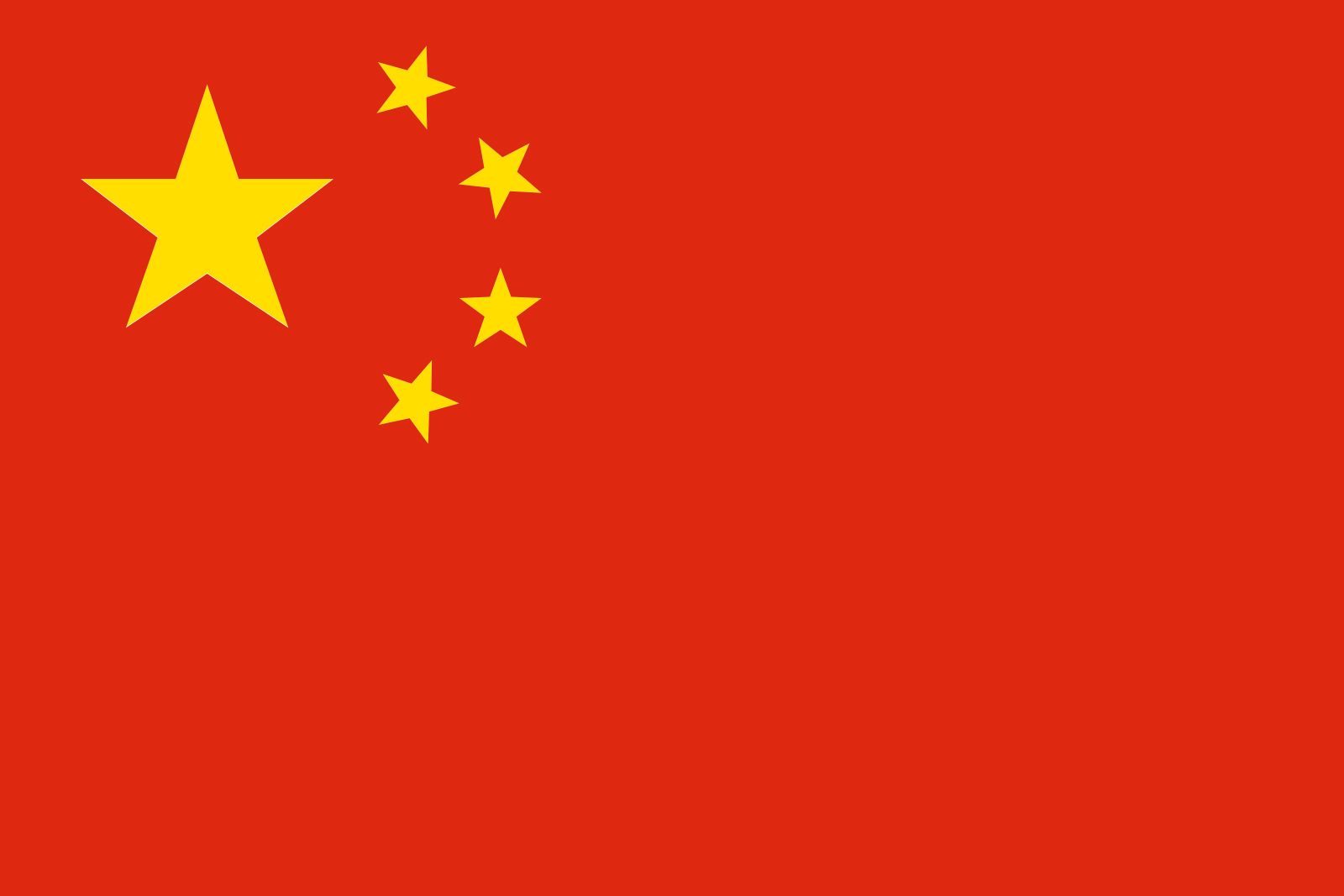Three Kingdoms
Three Kingdoms, (220–280 ce), trio of warring Chinese states—Wei, Shu-Han, and Wu—that followed the demise of the Han dynasty (206 bce–220 ce).
In 25 ce, after a brief period of disruption, the great Han empire had been reconstituted as the Dong (Eastern) Han. However, by the end of the 2nd century, the Dong Han empire was disintegrating into chaos. Its last emperor had become a mere puppet, and finally (220) he ceded the throne to Cao Pi, the son of his generalissimo and protector, Cao Cao. Thus began the Wei kingdom (220–265/266), but its effective influence was confined to northern China. Two other Han generals shortly installed themselves as emperors and took over regions of western and southern China; the Shu-Han empire (221–263/264) was proclaimed in what is now Sichuan province, and the Wu empire (222–280) was declared south of the Yangtze River (Chang Jiang) at Jianye (present-day Nanjing). The Sinicizing of the southern regions by the Wu was an important contribution to the future of China, and Nanjing was to become a future Chinese capital for more than two centuries.
The Wei conquered the Shu-Han in 263/264, but two years later Sima Yan (known posthumously as Wudi), one of the Wei generals, usurped the throne and proclaimed the Jin dynasty. In 280 the Jin conquered the Wu and reunited the country, but the dynasty soon fell apart, and the country disintegrated into chaos.

The Three Kingdoms survived for too short a period to contribute much to the arts in any conventional sense, although during their time the use of clay puppets to act out dramas did arise. But the period is important to the arts as subject matter. This short and bloody era of warfare and political intrigue was one of the most interesting and romantic in China’s long history; and, ever since, it has been a favourite subject of historical fiction and other art forms. One of the most celebrated examples is the novel Sanguozhi Yanyi (Romance of the Three Kingdoms).












